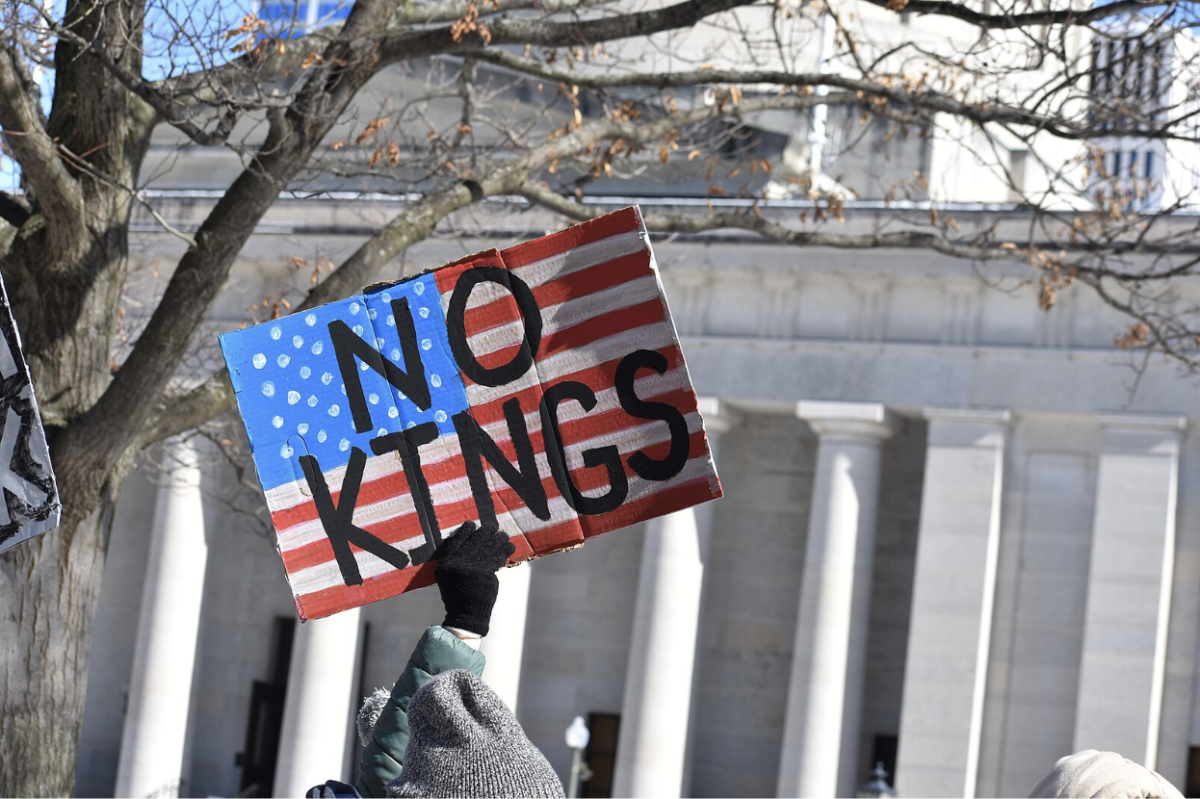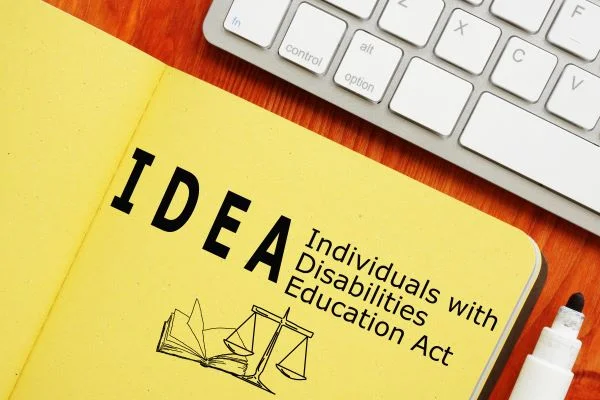In a landmark move toward governmental transparency, on Tuesday, March 18, the Trump administration publicized around 80,000 pages of declassified documents concerning the assassination of U.S. President John F. Kennedy. This substantial disclosure is part of an ongoing effort to shed light on one of America’s most scrutinized historical events, aiming to address longstanding questions and theories surrounding the tragic incident.
The newly released records encompass a wide array of materials, including files from the Warren Commission’s 1964 investigation, which concluded that Lee Harvey Oswald acted alone in the assassination, according to The Wall Street Journal. Despite this finding, many conspiracy theories have continued to circulate over the years, proposing potential involvement from other parties or entities. The release also includes documents pertaining to Oswald’s interactions with Soviet and Cuban officials, as well as surveillance activities by the FBI and CIA during that period.
According to ABC News, “98% of the records from the Warren Commission that investigated the [JFK] assassination were released between 1994 and 1998, with subsequent additional document releases bringing the total amount to 99% by June of 2023.” The final documents, nearly 100,000 pages, are now gradually being released, fulfilling the administration’s pledge for transparency.
Trump’s initiative also includes plans to release files related to the assassinations of civil rights leader Martin Luther King Jr. (MLK) and JFK’s brother, Robert F. Kennedy (RFK). However, this move has sparked significant debate, particularly regarding the inadvertent disclosure of sensitive information. Among the newly released documents were the Social Security numbers of government employees from that era, some of whom are still alive today. This accidental exposure has led to public controversy, with some arguing that redacting such information should have taken priority to ensure the safety and privacy of individuals. Others contend that excessive redactions could undermine the administration’s commitment to full transparency. The administration now faces the challenge of balancing these competing concerns, turning the document release into a public relations dilemma.
Moreover, the revelation of private information raises questions about the thoroughness of the declassification process. Critics argue that this oversight suggests a rushed and haphazard approach, prompting broader concerns about the administration’s handling of other executive orders. Were the other executive orders rushed as well, and what are the implications of such oversight?
Despite this controversy, there is limited expectation that the released files will contain groundbreaking new information. According to People Magazine, the assassinations of MLK Jr., JFK, and RFK marked a “tense decade of politics, where many historians and insiders have expressed skepticism that unsealing the remaining files will reveal anything new.” While some believe the files could provide additional context or previously unknown details, many remain doubtful that the release will significantly alter the established narrative surrounding these historical events.
The comprehensive nature of this release underscores the administration’s commitment to maximum transparency, allowing the public and scholars alike to delve deeper into the complexities of these pivotal moments in American history. As the documents become accessible online through the National Archives, the collective understanding of President Kennedy’s assassination may be further enriched—potentially answering some lingering questions while inevitably prompting new ones. This move not only reflects a significant step in governmental openness but also invites a renewed examination of a defining episode that has captivated and perplexed the nation for over six decades.









